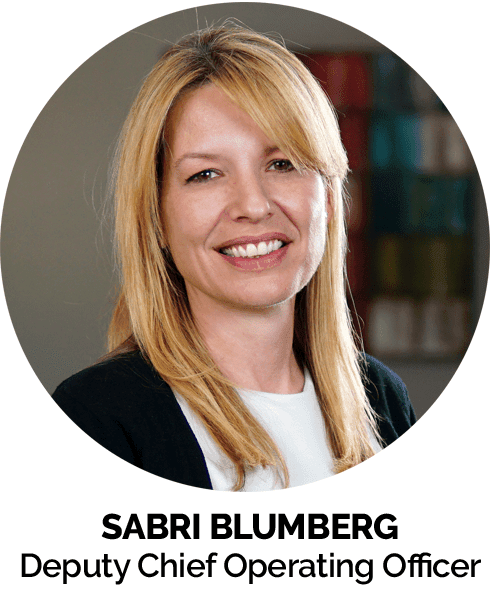
This week’s blog post comes from the “Ask Sabri” column in our magazine. As it addresses a question that is highly relevant to many dental practice owners right now, we wanted to share it on our blog, as well. Enjoy!
Q: My schedule is fully booked and it feels like we’re maxed out, but I see other dentists doing bigger production numbers with the same type of dentistry. What’s the secret?
A: Thank you for your question! This is a common question when we begin working with a new client at MGE. They think, “We’re already booked out and I’m running from room to room for 8+ hours a day. How could we possibly do more?”
Fast forward a few months and they’ve nearly doubled production while working fewer hours and feeling more relaxed throughout the day.
Each dental office’s production ceiling will be different depending on the type of dentistry they do, the number of operatories, fee schedule, hours of operation, etc. Obviously, if you’re doing tons of full-mouth restoration cases, that’s going to juice your production numbers.
Having said that, though, I tend to find that the vast majority of dentists are not nearly as “maxed out” as they think they are.
Even with standard bread-and-butter dentistry, you can probably increase production significantly with better efficiency.
I would need to speak with you individually to know precisely if/where you may be inefficient or what your production should be, but in this article I can at least cover some common areas where most offices can improve.
(By the way, anyone reading this can absolutely schedule a free Practice Production Analysis to review your unique practice and see what your actual maximum production is.)
Ways to increase production without adding more hours or providers:
1. Allow MORE time on your schedule for treatment presentations/consults
I know this is counterintuitive; you’re already fully booked, so how do you add more time on the schedule for non-production appointments?
However, the most common reason a dentist winds up with a packed schedule but low production numbers is that they’re doing too much single-tooth dentistry or “just what the insurance covers.”
Overworked dentists are usually so busy with single-tooth dentistry that they don’t have time to properly present larger treatment plans—and it becomes a vicious cycle. A few minutes after the exam is not enough time to answer all the patient’s questions and ensure they’re fully committed to a $3,000-$5,000+ treatment plan.
Here’s a common scenario: the patient has several teeth that need attention, but they’re not all necessarily urgent and their insurance only covers one crown. You do that one crown now and figure you’ll discuss the next “stage” of treatment next time you see them. Each time they come back in to treat one tooth or one quadrant, you need to present treatment again, seat them, numb them up, etc. That’s all extra chair time.
If they just did all the treatment they needed in one visit, that’s a much more efficient use of chair time. It also means the patient is much more likely to get everything done to achieve good oral health.
So, if you want to increase production, you’ll need to bite the bullet and make some more time to get larger cases accepted.

Improving your communication and case acceptance skills
The better you are at communicating and presenting treatment, the faster your case presentations will be.
I know I said you need to include time on your schedule for treatment presentations—but it doesn’t need to be a lot of time. The better your communication skills are and the better trained your team is, the quicker this will go. Closing a $5,000 case doesn’t necessarily take longer than closing a $2,500 case.
So, I highly suggest attending the MGE Communication & Sales Seminars and training your team well. The effort you put into this will pay big dividends.
2. Work efficiently out of two columns with an assistant in each room
Optimum efficiency has the doctor working out of two rooms with absolutely no wasted time between patients. (I’ve seen some doctors work well out of three rooms, but most times that third column adds more confusion than it’s worth.)
I’m not going to go over our entire scheduling methodology here, but there are a few keys for this to work:
Have an assistant dedicated to each room
If you’re working with just one assistant, that means there’s going to be some wasted time between patients. It may seem expensive to hire another full-time assistant, but the doctor’s time is the most valuable and if you can keep the doctor producing, it’s going to be worthwhile.
Clearly delineate doctor time vs. assistant time
If you’re not already using those Xs and /s (or dots and /s) in your scheduling software, then start using them now!
Figure out exactly how much time is needed for the assistant to seat/prep the patient for each procedure and how much time the doctor needs. This way, the next patient is already prepped in the next room while the doctor is finishing with a patient.
You may already have an unspoken understanding with your back-office team for when you can pop over to another patient while the assistant is working, but it’s important to have this accurately represented on the schedule as much as possible.
Utilize your assistants to the fullest
I often see dentists spending time on things that an assistant (or particularly an EFDA) could be doing. If you simply enjoy doing these things and don’t want to give them up, then that’s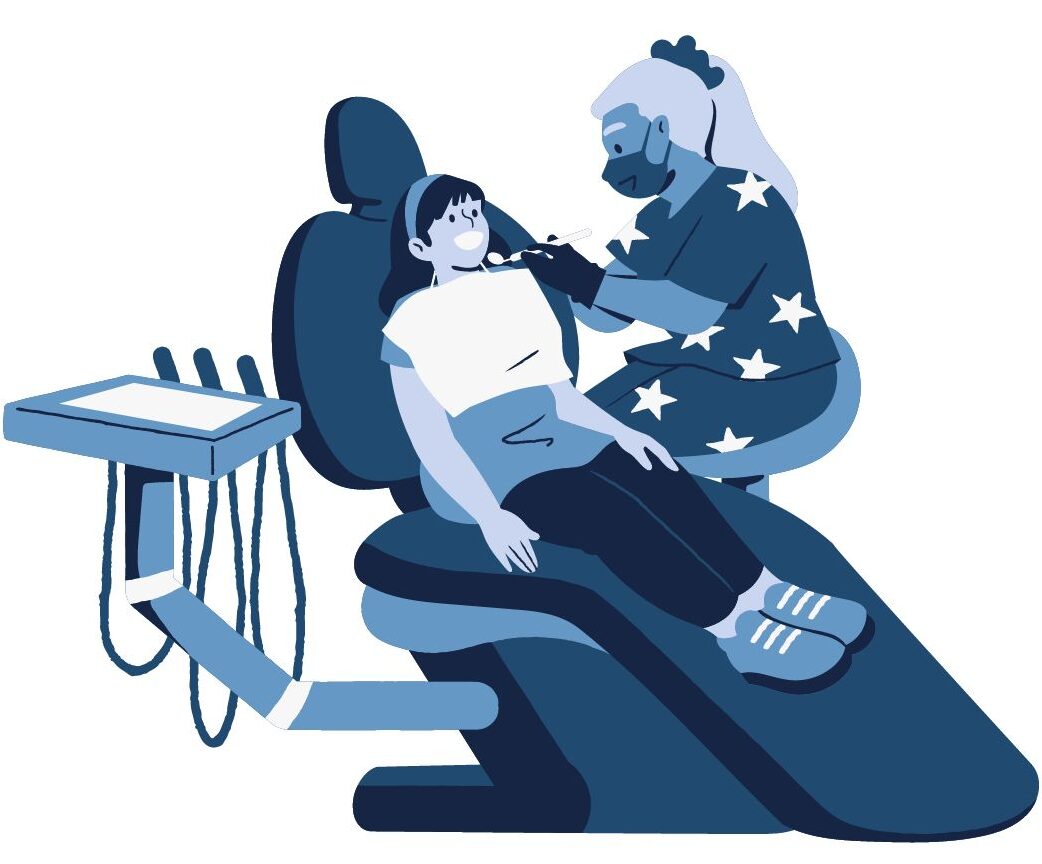 your prerogative. But if you’re doing it because you don’t have an assistant with that skillset or don’t trust them to do a good enough job, it’s time to resolve that so that you are confident delegating to them.
your prerogative. But if you’re doing it because you don’t have an assistant with that skillset or don’t trust them to do a good enough job, it’s time to resolve that so that you are confident delegating to them.
Again, the doctor’s time is the most valuable, so we don’t want them spending it on things another team member could do.
These are just a couple of the basics. There is a lot more that goes into designing the ideal schedule and making it run smoothly.
Check out The Art of Scheduling Productively Course and Scheduling Coordinator Training Course at www.ddssuccess.com to learn more.
3. Ditch your low-fee PPO Plans
We already have a wealth of articles, videos, and podcast episodes about the problem with being dependent on PPO plans in today’s climate, so I won’t rehash all the issues with high inflation and stagnant fee schedules. The point is: if you’re writing off a big percentage, then of course you’re going to be working harder and having a higher supply/lab bill for less production. This goes doubly for HMOs.
In fact, I’ve personally crunched the numbers for many dentists and discovered they were losing money on their PPO patients. Their fee-for-service patients were essentially subsidizing their PPO patients—but the doctor had no idea until we actually ran the numbers.
If you want to see what would happen if you dropped PPO plans, then schedule a free Fees & Plans Analysis and we’ll crunch the numbers with our proprietary Insurance Plan Analyzer tool.
Evaluate your practice
There are a number of factors that can influence your productivity, though, so it’s best to do a custom Practice Production Analysis. We offer this as a free service, so take advantage! This will show you what you should be producing based on your metrics and uncover areas in need of improvement.
I hope these tips help you increase production! If you have any questions for me, email me anytime at sabrib@mgeonline.com.
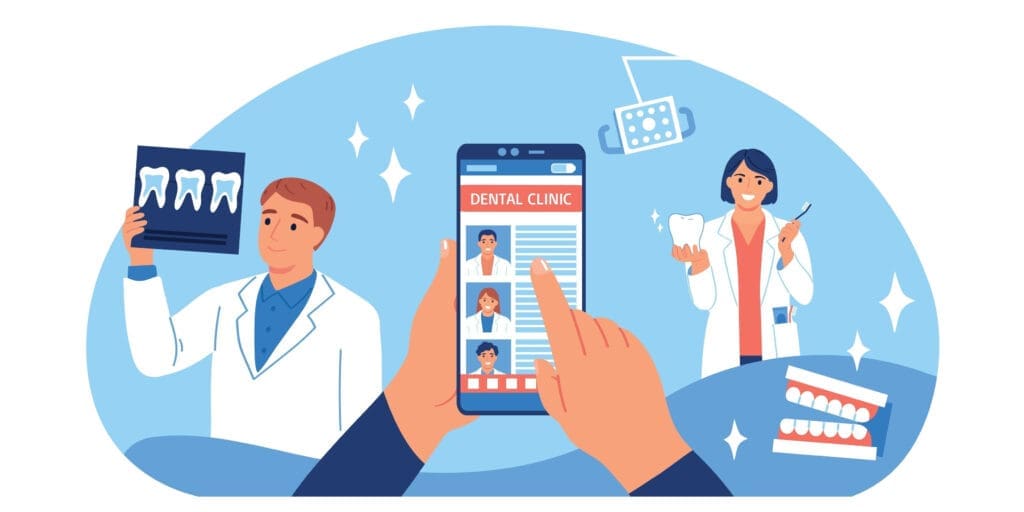
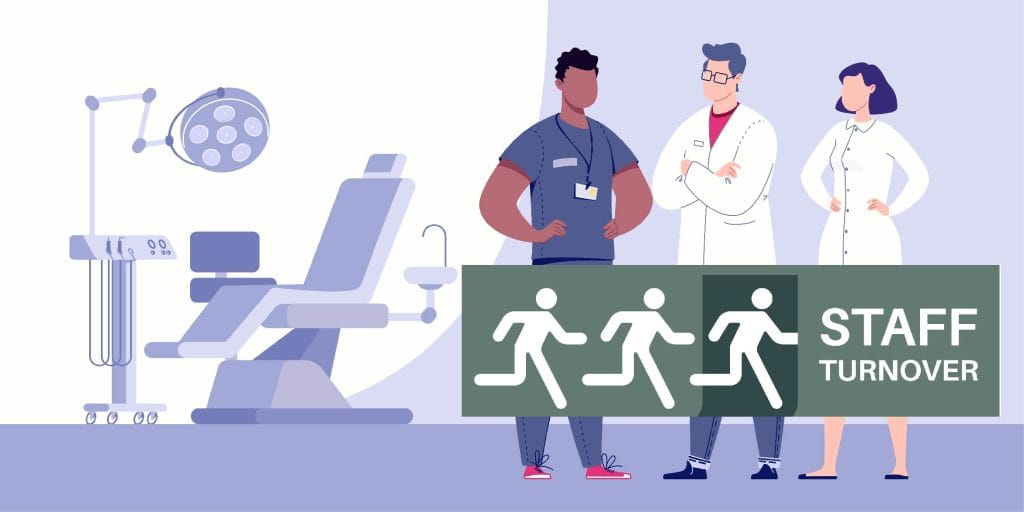
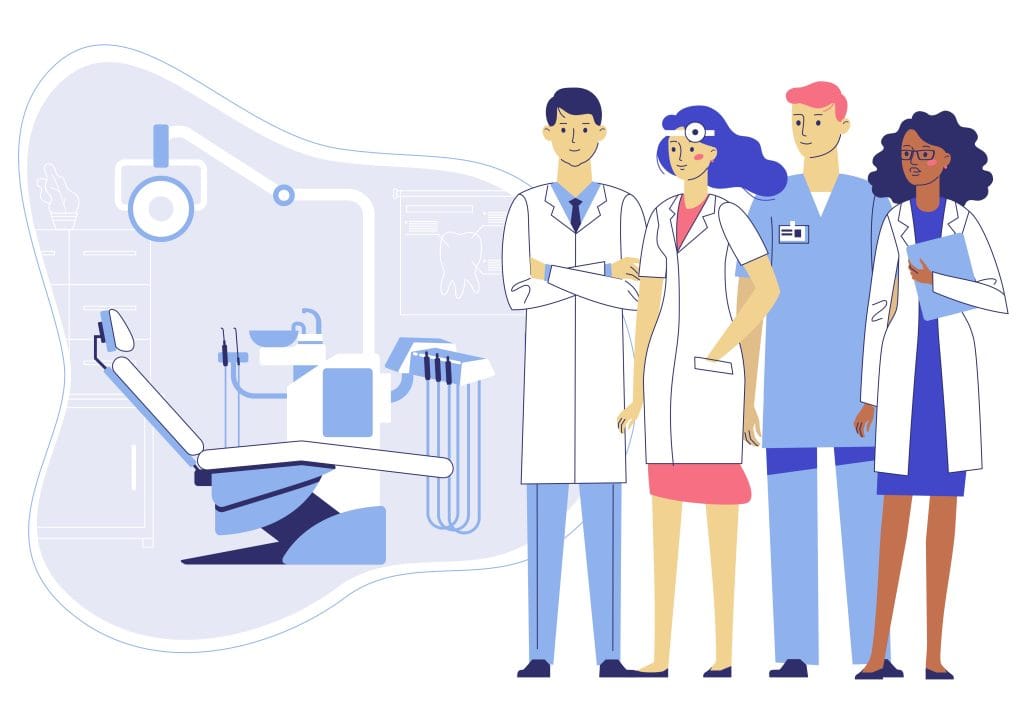
No Comments
Be the first to start a conversation